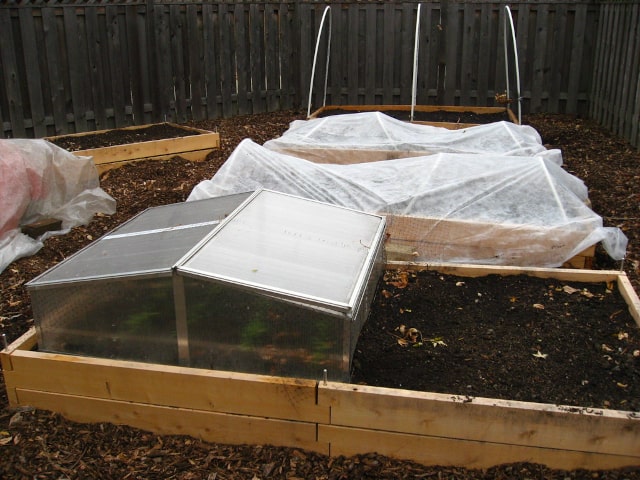
Winterizing your garden before the cold months is an essential step you should make for your plants. A proper winterizing procedure is important because it can help plants successfully handle cold winter days and long nights. Also, winterizing will make your garden richer and full of colors in the spring.
All plant growers who live in areas that experience freezing temperatures, frost or snow should know how to winterize their gardens properly.
There are certain steps you should make to winterize your garden in order to protect your plants and make them healthy, stronger and ready for spring.
Garden Winterizing Checklist
Here's a list of common procedures for proper garden winterization:
Understand your climate zone
Gardeners should understand their climate zone, particularly the average annual extreme minimal winter temperatures. This is important for creating an action plan for winterization. This information is available in various sources. Plant growers in the US should refer to the USDA website. USDA provides information for every county in the country. Another important info you should collect are the likely dates of the first frost as well as last anticipated freeze. To obtain this information, you should contact your local agricultural extension service.
Cut and Clean
You should tidy up your garden before winter. Remove spent stalks as well as other plant debris. These things can bring pests and diseases. By removing dead foliage you will make your garden look better and it will also free you up from grooming chores in the spring. Spring is the time for more exciting activities, such as adding new plants to your garden, so eliminate the need for any additional work and make your garden ready for spring.
Remove weeds
It's important to remove weeds and other unwanted plants. Make sure to place invasive plants, such as the seed heads, in a covered garbage container and not your compost pile.
Take care of the bulbs
Dig up and store tender bulbs. They may not survive the cold, so it's important to take care of them. Dry them out on newspaper for a few weeks and after that put them in a container. Cover them with sand, sawdust, perlite or vermiculite until they are ready to be replanted. When it comes to the bulbs you've left in the ground, make sure to add an extra layer of mulch in case of a hard freeze. This will make the bulbs cold hardy.
Take care of perennials
You should divide a wide variety of plants in the fall. It's best to divide them at least 6 weeks before the ground freezes in order to allow them to get established before the cold weather arrives. The best candidates for division are plant clumps that don't flower as much as they once did or those with bare spots in the middle.
Add compost
After you tidy up your garden and replant divided plants, you should add compost to the beds. Make sure to add about 3 to 4 inches. Nutrients present in the mulch will leach into the beds during heavy winter rains. Also, the remnants of the compost can easily be turned into the soil in the spring.
Add a Thick Layer of Mulch
It's important to spread mulch, especially for newly planted perennials that haven't had the time to develop a strong root system. It's best to wait till the ground starts freezing to add a thick layer of mulch. The mulch will work towards keeping the ground consistently cold or frozen until spring, thus preventing harmful freeze/thaw cycles that may cause the ground heave and uproot the new plants. It's best to check the mulch in January or February to see if it has thinned out due to winter winds. If necessary, add more mulch after inspection.
Protect the Trees
Another thing to keep in mind is tree protection. This is particularly important for the newly planted trees, especially fruit trees. They have thin bark and it can suffer from frost. The bark can also crack from fluctuating day/night temperatures. It's best to use tree wrap tape and plastic spiral tree protectors to take care of your trees during winter.
Protect Evergreens from Winter Burns
Evergreens need some protection during winter. It's important to keep them hydrated, especially after a dry autumn. Many evergreens, especially conifers such as yews, and broadleaf evergreens, such as hollies and boxwoods, can get winter burns. They release moisture through their leaves year-round, which can lead to winter burn in these plants. You should pay extra attention to broadleaf evergreens, especially the ones that are exposed to the afternoon sun (usually the ones with a south/southwest exposure). Give them plenty of extra water to keep them well hydrated.
Protect Evergreens from Wind Burns
Evergreens are also susceptible to wind burns. For this reason, it's important to create wind breaks. In the fall season, before the ground freezes, build wind breaks to protect your plants. Drive three stakes into the ground on the windward side of the plants and arrange them in a V formation, with the front stake facing the wind. Wrap landscape fabric or burlap around the stakes. You don't need to wrap the entire plant in order to protect it from the wind.
Protect the shrubs
Shrubs are often very tender, so it's important to wrap them in burlap or agricultural fabric in order to protect them from prolonged freezes. When the temperatures rise, make sure to remove the fabric to prevent overheating the plant. Never use plastic: it can't breathe and it can result in very hard temperatures that can "cook" your shrubs. You may also build an improvised teepee to put your shrubs under eaves. Build the teepee in the fall and cover it with cloth to protect the plants from the snow that can cascade off roofs when the snow melts.
Protect vegetables
Depending on your geographical area and climate, it may be possible for you to grow and harvest certain cool-season crops such as lettuce, beets, spinach and other vegetables. What you need to do to protect these veggies is to build a protective frame from wire hoops and agricultural cloth.
Protect Water Features
Don't forget about your water features such as water pumps and other equipment. The most important thing to keep in mind is to never allow the pump to freeze. You should check with local garden pond maintenance experts about the advice on how to handle the pump. Some pumps can move water all winter while others can't do it. In case your pump is unable to do that, you should remove all plants from the pond as well as the pump itself and store it during winter.
Photo credit: Linda N.
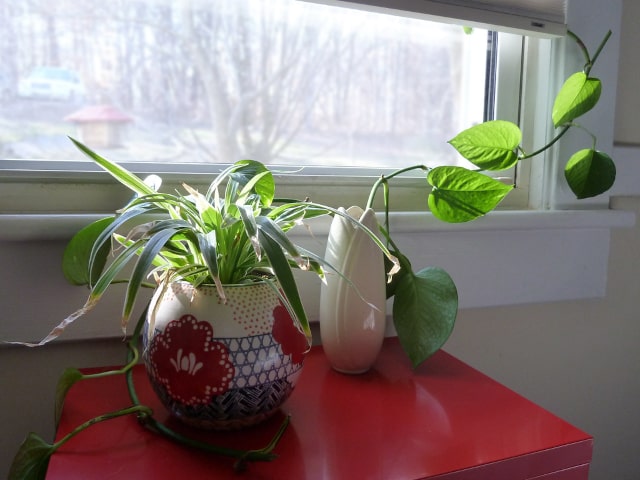
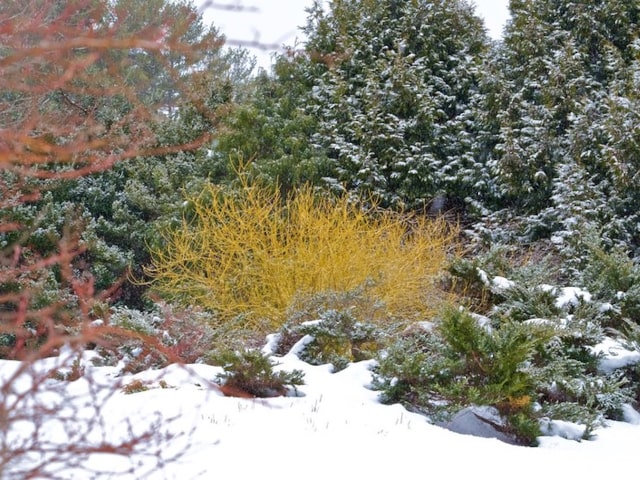
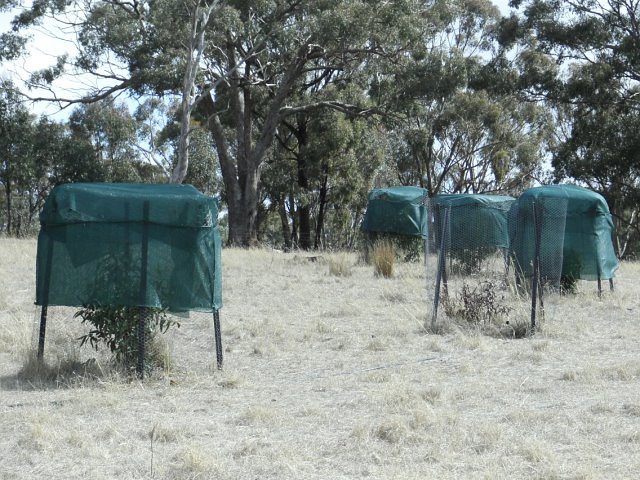
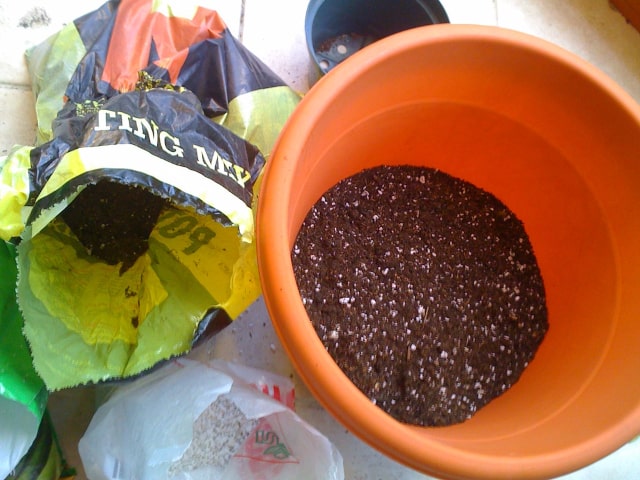
0 Comments